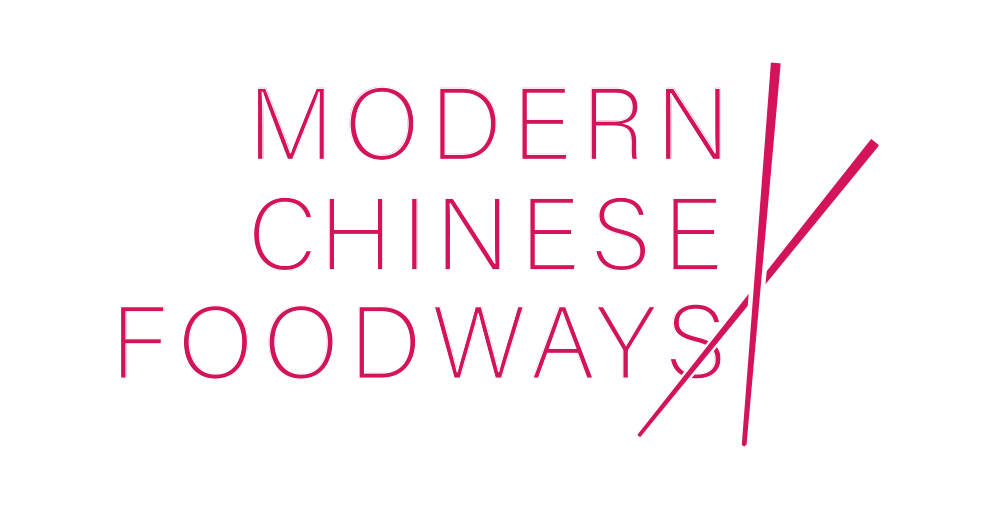ABSTRACT
Many books on Chinese cuisine divided it into several main regional cuisines according to their differences in geography, climate and local customs, etc.; this article starts from problematizing such divisions of Chinese regional cuisines, exploring how the classification formed and why some were highlighted as “main” regional cuisines. Tracing back to the second half of the twentieth century, when the discourse of “main regional cuisines” shaped and spread, this research will develop the theoretical implications of “culinary hierarchy” to analyze the history of these “main regional cuisines” in Taiwan, examining the political, economic, and cultural factors contributing to the transformation of culinary hierarchy of Chinese cuisine. After the WWII, more than one million people moved from the Chinese mainland to Taiwan with the Nationalist government, and they became “forced migrants” because of the cross-strait segregation for about 40 years. These forced migrants included private chefs, cooks, producers and consumers from various Chinese provinces, transplanting Chinese regional cuisines, specialties, and snacks from the mainland to Taiwan. Particularly in Taipei, the culinary map was redrawn as a condensed Chinese culinary map. As Chuan-yang, Fujian and Beijing cuisine took the lead in the 1950s and 1960s, Guangdong cuisine became popular in the 1970s. In the following years, Chiangsu and Zhengchiang merged, Hunan cuisine rose as a new invention, which became quite different from its origin in Hunan, and various Hong Kong food emerged along with Guangdong cuisine, while Fujian and Chuan-yang cuisine declined. Focusing on the evolution of these regional cuisines in Taiwan since the post-war period until contemporary, this research will first examine how those “regional cuisines” were defined in the Chinese mainland in the 20th century. Secondly, it will explore how the producers/restaurants offering Chinese regional dishes transplanted a new culinary map into Taiwan and how these cuisines were evaluated in the changing social contexts, showing changing boundaries of their definitions. The research aims not only to investigate the changing culinary hierarchy in Taiwan but further analyze how “culinary hierarchy” could help understanding the nexus of social hierarchy, political regimes and cultural discourses in Taiwan.
